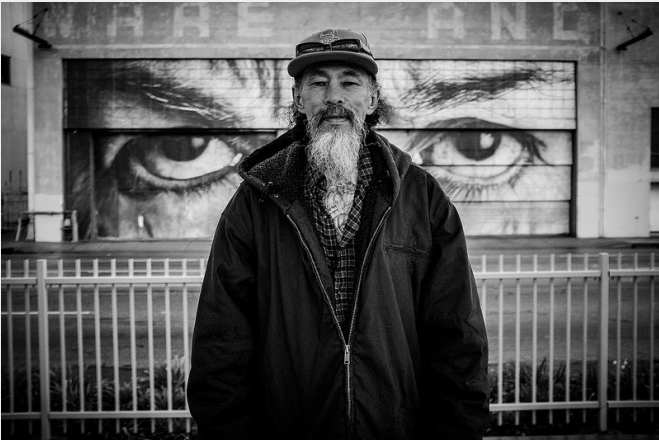Zen + Yin and Yang… or: the art of street photography + the good and the bad of the X-E1
image courtesy: Rinzi Ruiz (via erickimphotography)
Zen
These are some original tips to become a better street photographer, ispired by the book of Herrigel [shoplink 13217]”Zen in the Art of Archery“[/shoplink] (it’s well worth a read!). Eric adapted it to the photography, and wrote: “zen in the art of street photography“. Enjoy reading it at erickimphotography:
1. Lose yourself in the moment:” One of the philosophies of Zen is that you should lose self-consciousness of yourself, and especially of your own ego. You don’t think of yourself as being great and the center of the world. Rather, you see yourself as something quite insignificant and just like a grain of sand in a desert. When I am out shooting on the streets, the feeling of getting lost in the “flow” makes me feel much more comfortable shooting in the streets (and is often when I take my best photos). The second I become self-conscious, I find myself drawing too much attention to myself and my subjects can sense my hesitation and feel less comfortable.” 2. Ignore recognition/fame / 3. Don’t photograph others, photograph yourself “Embrace your subjectivity in photography, and try to shoot faithfully. Don’t photograph in a way which you feel doesn’t sit your personality. If you find yourself a shy and introspective person, you don’t need to shoot a stranger super-close with a flash. You might want to take a more detached approach, and not intrude on somebody”./ 4. Relax / 5. Focus on the journey, not the destination
Yin and Yang
the good and the bad, or the Yin and Yang, of the X-E1 according to soundimageplus (click here). Definitly a great camera, but battery life is “terrible“…. and what about the X-Trans sensor?
“I’m still not entirely convinved that the ‘foliage smearing‘ effect is entirely cured, even using Aperture. Sure, its a lot better than it was, but there are still problems. […] the sensor seems to have real problems with greens and yellows and doesn’t seem to be able to ‘sort them out’ properly. […]
So Yin and Yang. The technology that gives us spectacular ISO performance creates a somewhat ‘confused’ rendition of certain kinds of detail in the natural world.
image courtesy: soundimageplus





